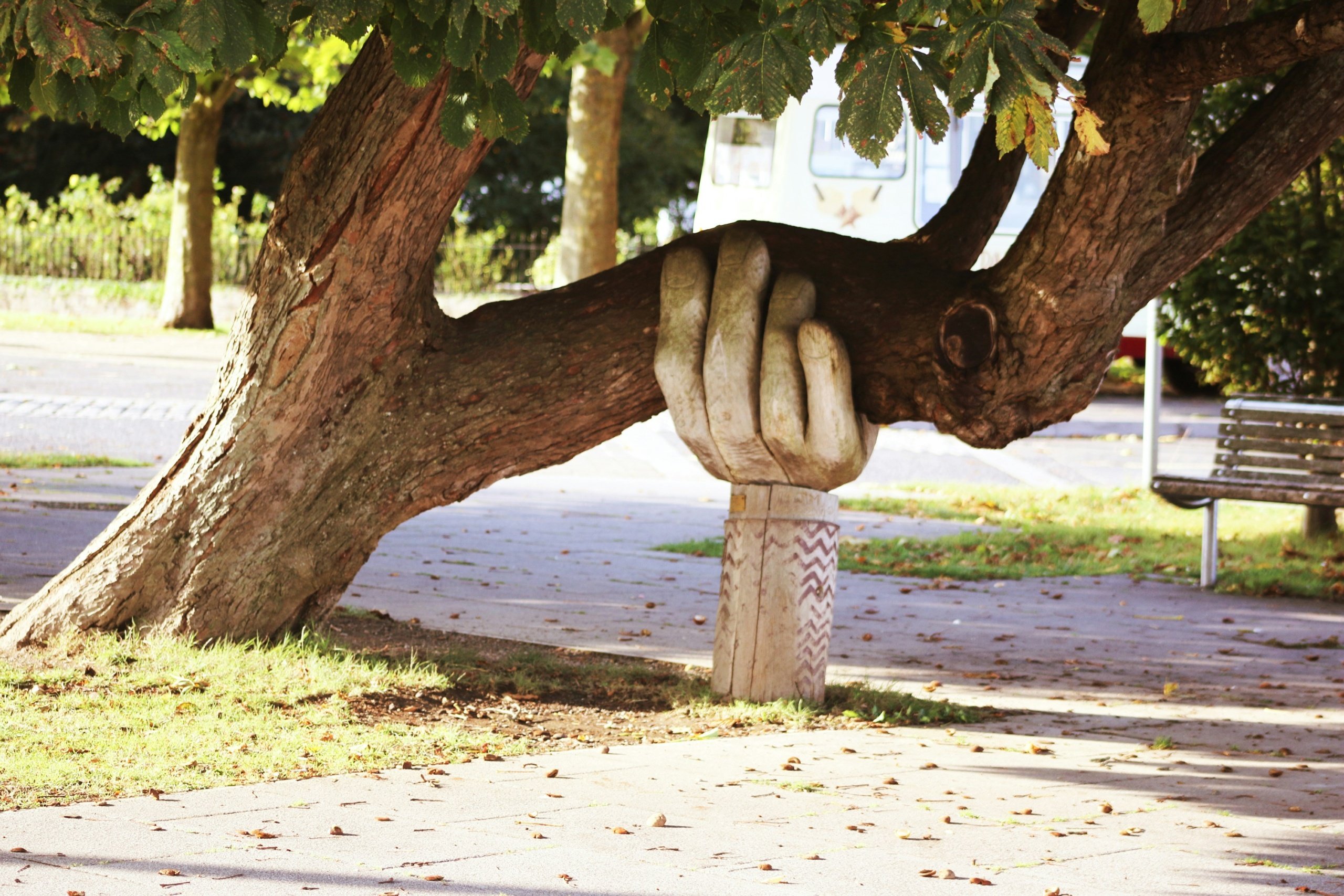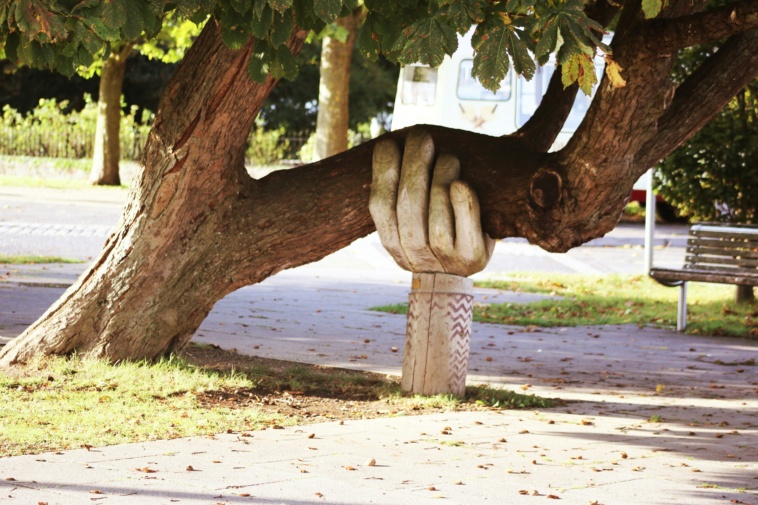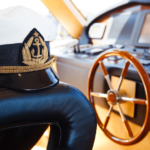Picture this: you’re out on the open water, the wind in your hair and the sun on your face. You’re ready for a day of adventure and relaxation, but there’s one crucial element missing: boating shoes. While it may be tempting to go barefoot or wear your regular sneakers, not wearing proper boating shoes can lead to a variety of disadvantages. In this article, we’ll explore why wearing the right footwear is essential for a safe and enjoyable boating experience. So, grab a seat and let’s dive into the world of boating shoes!
Lack of Traction
Slippery surfaces
Not wearing boating shoes while boating can result in a lack of traction on slippery surfaces. Whether you’re walking on the wet deck of a boat or stepping onto the dock, it’s crucial to have shoes that provide proper grip. Without the right footwear, you are more likely to experience slips and falls, putting yourself at risk of serious injuries.
Increased risk of falling
When you forego boating shoes, the increased risk of falling becomes a significant concern. Unstable footing can lead to unexpected slips and sudden falls, especially when navigating a moving boat or trying to maintain balance in rough waters. Falls on a boat can have severe consequences, so it’s essential to prioritize your safety by wearing appropriate footwear.
Difficulty in maneuvering
Another disadvantage of not wearing boating shoes is the difficulty in maneuvering. On a boat, where stability is crucial, wearing regular shoes or going barefoot can hinder your ability to move around comfortably. Whether you need to quickly adjust your position or respond to changes in the water, the lack of proper footwear can make it challenging to maneuver efficiently, potentially compromising your safety.
Lack of Foot Protection
Injuries from sharp objects
Without boating shoes, your feet are vulnerable to injuries from sharp objects. From fishing hooks to broken pieces of equipment, there are countless hazards on a boat that can cause harm. Proper footwear acts as a protective barrier, reducing the possibility of puncture wounds or other injuries while ensuring that your boating experience remains safe.
Potential cuts or abrasions
Exposing your feet to the various surfaces found on boats can lead to cuts or abrasions. Whether you inadvertently step on a rough edge or come into contact with abrasive materials, your bare feet or regular shoes may not be enough to prevent these injuries. Boating shoes provide an extra layer of defense, shielding your feet from potential cuts or scrapes and allowing you to fully enjoy your time on the water.
Risk of stubbing toes
Neglecting to wear boating shoes also increases the risk of stubbing your toes. When your feet are left unprotected, it’s easy to accidentally kick or collide with objects, causing painful toe injuries. Boating shoes with reinforced toe caps can greatly reduce this risk, ensuring that your toes remain safe and free from unnecessary pain during your boating adventures.

Reduced Stability
Unsteady footing
One of the major disadvantages of not wearing boating shoes is experiencing unsteady footing. Boating shoes are specifically designed to provide stability, with non-slip soles that grip onto surfaces and minimize the risk of slipping. Without this proper footwear, you may find it challenging to maintain a secure footing, which can be particularly problematic when navigating the constantly moving surfaces of a boat.
Difficulty maintaining balance
Maintaining balance becomes more challenging when you don’t have the right shoes for boating. The conditions on a boat can be unpredictable, with waves, wind, and sudden movements creating an environment where balance is crucial. Boating shoes offer features like reinforced heels and supportive arches that help you maintain your balance, reducing the likelihood of falling or losing your stability.
Risk of capsizing
Wearing inappropriate footwear on a boat increases the risk of capsizing. When you lack stability or struggle to maintain your balance, your movements can become uncontrolled and potentially lead to hazardous situations. By investing in boating shoes, you provide yourself with the stability needed to avoid capsizing accidents, ensuring a safe and enjoyable boating experience.
Greater Fatigue
Muscle strain from compensating for lack of stability
Without the proper support provided by boating shoes, you may experience muscle strain from compensating for the lack of stability. When your body constantly has to make adjustments and work harder to maintain balance, it puts additional strain on your muscles. This increased effort can result in fatigue and discomfort, affecting your overall boating experience.
Constant effort to maintain balance
Not wearing boating shoes means constantly having to exert effort to maintain balance, leading to greater fatigue. When your feet and body are constantly readjusting and working to avoid falls or slips, it can quickly tire you out. By wearing boating shoes, you can minimize the need for constant balance corrections, allowing you to conserve energy and fully enjoy your time on the water.
Decreased endurance
The lack of proper footwear while boating can decrease your endurance. With the added physical exertion needed to compensate for the lack of stability and balance, your energy reserves may deplete more quickly. Boating shoes provide the necessary support and comfort to keep you going, enabling you to have the stamina needed for longer boating trips and activities.
Limited Support
No arch support
One of the disadvantages of not wearing boating shoes is the lack of arch support, which can lead to foot and leg pain. Boating shoes are designed with arch support in mind, providing stability and alleviating strain on your feet and legs. Without this vital support, you may experience discomfort or even develop conditions like plantar fasciitis, hindering your boating experience and overall enjoyment.
Lack of ankle support
Boating shoes offer ankle support that regular footwear lacks. The constant movements and vibrations experienced while boating can strain your ankles, increasing the risk of sprains or twists. Proper boating shoes provide additional ankle support, reducing the likelihood of such injuries and enabling you to move confidently and comfortably throughout your time on the water.
Increased risk of foot and leg pain
Insufficient foot and leg support increases the risk of experiencing foot and leg pain. When your feet are left unsupported, it can lead to issues like arch pain, heel pain, and even shin splints. Boating shoes, with their cushioning and supportive features, mitigate the risk of such discomfort, allowing you to focus on enjoying your boating adventures without the distraction of unnecessary pain.
Exposure to Elements
Wet feet
Not wearing boating shoes can result in wet feet, which can be uncomfortable and potentially lead to various issues. Whether it’s from splashes, rain, or spending time in the water, getting your feet wet can cause skin irritation, blisters, or even fungal infections. Boating shoes are specially designed with materials that resist water absorption, keeping your feet dry and ensuring your boating experience remains enjoyable.
Cold feet
Exposed to the elements without proper footwear, your feet may become cold during boating activities. Cold feet can be uncomfortable and even pose a risk to your overall well-being. Boating shoes often incorporate insulation and materials that retain warmth, preventing your feet from getting cold and allowing you to focus on the excitement of the water instead.
Sunburn on uncovered areas
When not wearing boating shoes, you may have uncovered areas on your feet that are susceptible to sunburn. Spending extended periods on a boat exposes your bare feet or areas not adequately protected by regular shoes to direct sunlight. Boating shoes cover your feet more comprehensively, shielding them from harmful UV rays and reducing your risk of painful sunburn.
Less Comfort
Irritation from rubbing or chafing
Wearing shoes that are not specifically designed for boating can lead to irritation from rubbing or chafing. The constant movement and different surfaces encountered on a boat can cause discomfort and even painful blisters. Boating shoes are crafted with comfort in mind, using materials and construction techniques that minimize friction and ensure a pleasant experience on the water.
Painful blisters
Not wearing boating shoes increases the likelihood of developing painful blisters on your feet. Blisters are commonly caused by friction between your skin and the surface of your shoes. Boating shoes, with their well-padded insoles and materials that reduce irritation, greatly reduce the risk of blisters, leaving your feet blister-free and allowing you to fully enjoy your boating adventures.
Sore feet
The lack of proper footwear while boating can lead to sore feet. Whether it’s from the strain of constantly adjusting for stability or the discomfort caused by insufficient support, sore feet can significantly impact your boating experience. Boating shoes provide the necessary cushioning and support to alleviate this issue, ensuring your feet remain comfortable and pain-free throughout your time on the water.
Faster Wear and Tear
Damage to regular shoes
Not wearing boating shoes can result in damage to your regular footwear. The unique conditions on a boat, including exposure to water, salt, and various surfaces, can quickly degrade and deteriorate regular shoes. Investing in dedicated boating shoes protects your everyday footwear from the wear and tear of boating, allowing them to last longer and remain in better condition.
Increased need for shoe replacement
Failing to wear boating shoes means an increased need for shoe replacement. The harsh elements encountered while boating, combined with the strain placed on regular shoes, can cause them to wear out quickly. By opting for boating shoes, designed to withstand the demands of the water and provide durability, you can save money and reduce the frequent need for shoe replacements.
Costlier in the long run
The cumulative effect of regularly replacing damaged or worn-out footwear can make not wearing boating shoes costlier in the long run. While the initial investment in boating shoes may seem higher, their durability and ability to withstand the harsh boating environment make them a cost-effective choice. Choosing dedicated boating shoes saves you money by reducing the need for frequent shoe replacements.
Difficulty in Emergency Situations
Slower reaction time
When faced with emergencies on a boat, not wearing boating shoes can hinder your reaction time. Proper boating shoes allow for quick movement and response in critical situations, whereas regular shoes may restrict your ability to quickly assess and react to emergencies. Every second counts in an emergency, so having appropriate footwear can make a significant difference in your safety and that of those around you.
Limited ability to respond quickly
Without the right shoes, your ability to respond quickly in emergency situations is limited. The nature of emergencies demands immediate action and agility, both of which can be compromised without the appropriate footwear. Boating shoes, with their non-slip soles and supportive features, provide the necessary tools to respond swiftly and effectively when faced with unexpected events while boating.
Reduced efficiency in boat-related emergencies
Neglecting to wear boating shoes not only slows down your reaction time but also reduces your efficiency in boat-related emergencies. The lack of stability and limited mobility without proper footwear impedes your ability to perform necessary tasks quickly and efficiently. By wearing boating shoes, designed to enhance traction, stability, and mobility, you optimize your efficiency in emergency situations, ensuring the safety of yourself and others.
Unpleasant Odor
Sweat accumulation
Not wearing boating shoes can contribute to sweat accumulation, resulting in an unpleasant odor. The warm and sometimes humid conditions on a boat can make your feet sweat, creating an ideal environment for unpleasant odors to develop. Boating shoes are typically made of breathable materials that help wick away moisture, reducing sweat accumulation and keeping your feet fresh and odor-free.
Bacterial growth
The combination of sweat, moisture, and lack of airflow in improper footwear can promote bacterial growth. Without the proper shoes, bacteria can thrive, resulting in unpleasant foot odors and potential infections. Boating shoes are designed to combat bacterial growth with antimicrobial properties and airflow features, ensuring your feet remain healthy and odor-free while enjoying your boating adventures.
Persistent odor in shoes
Not wearing boating shoes while boating can lead to persistent odor in your regular footwear. Without the proper ventilation and moisture-wicking properties found in boating shoes, your regular shoes may retain unpleasant odors over time. By investing in boating shoes and reserving them exclusively for your boating activities, you can prevent odor transfer and keep your regular shoes smelling fresh.







